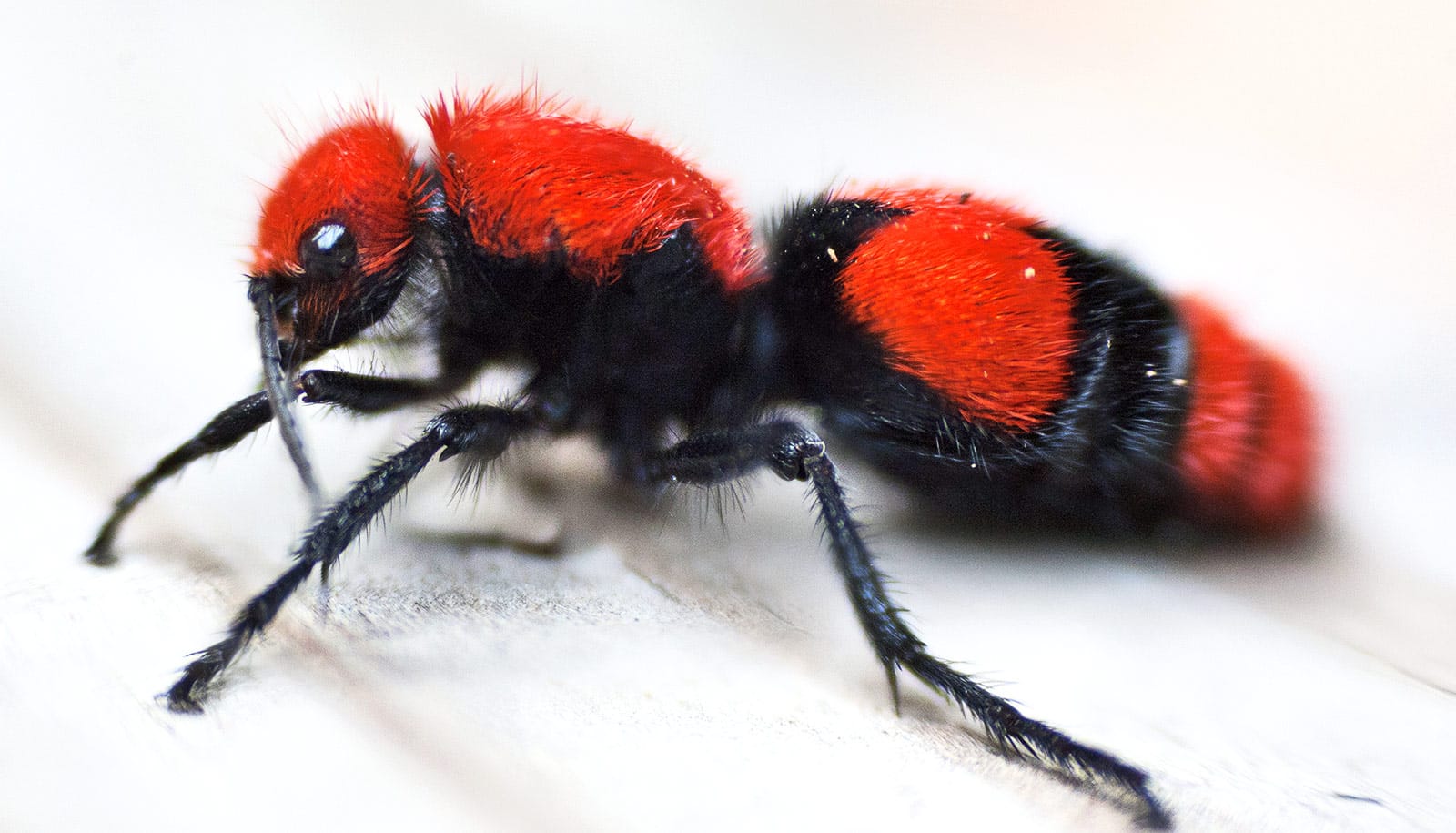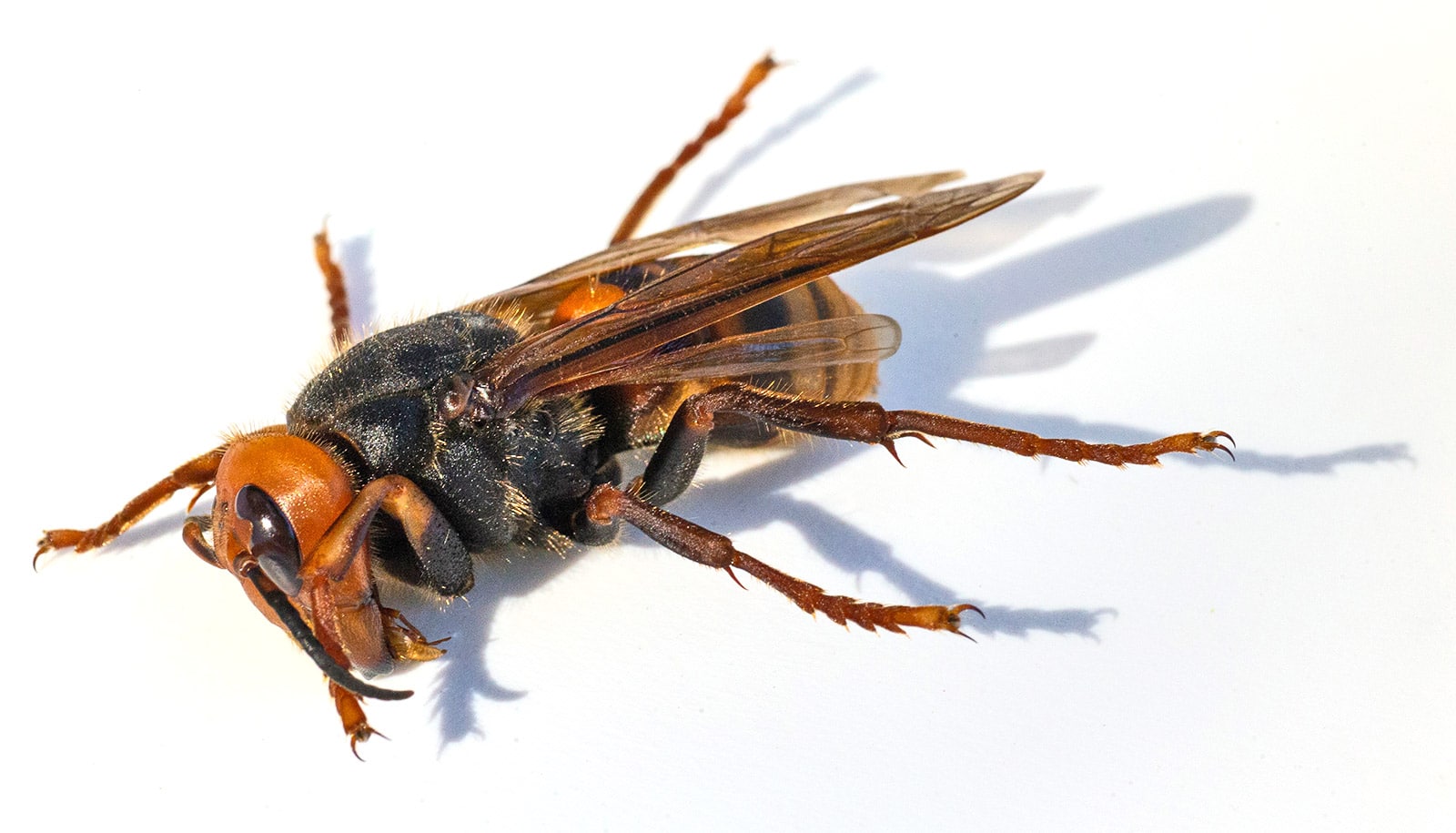Jewel wasps and their venom reveal new information about how genes change their function.
A common view is that genes duplicate, with one of the copies picking up a new function while the other copy continues to function as before. The parasitic jewel wasps and their rapidly changing venom repertoires suggest otherwise, say researchers. What they’ve uncovered may be widespread in other species as well.
The process involves co-opting single copy genes to take on new functions. In some cases, these genes appear to continue their previous function as well, in other parts of the wasp’s anatomy besides the venom gland. The findings appear in Current Biology.
“It is almost as if they are now moonlighting,” says John (Jack) Werren, a biology professor at the University of Rochester. “They’ve got a day job, and then take on a night job as well. Over time, if the night job works out, they may give up the day job and evolve as a venom specialist. However, in other cases we have found that they stop moonlighting as venom genes but appear to retain their day job.”
How is a gene co-opted? And what determines which job (or combination of jobs) it performs? In the case of jewel wasps, the process called gene regulation is key. As the researchers explain, the rapid turnover in venom genes is accomplished mostly by changes in regulatory regions adjacent to the genes. These regulatory regions control how the genes are expressed—that is, whether the genes are turned “on” or “off” in different tissues. When a gene is turned on, it provides instructions for manufacturing proteins. When it’s turned off, it provides no such instructions.
“Co-option of single copy genes can be a more rapid mechanism for adapting to a new environment because it does not require the gene to be duplicated first,” notes Ellen Martinson, a co-lead author and postdoctoral research associate in the Werren Lab.
“In essence, these wasps are recycling their genes for new functions,” says co-lead Mrinalini, a former postdoc in the Werren Lab who has since joined the National University of Singapore, where she studies snake venoms.
Paper wasps with lying faces get beat up
The group studied four closely related species of jewel wasps. The wasps lay their eggs on the pupae of other insects, after first injecting the pupae with venoms that manipulate the metabolism of the host in ways that make the environment more conducive to their developing young.
Using transcriptome and proteome sequencing, the researchers found that more than half of the venom components in the parasitic wasps resulted from single copy genes that had been co-opted without being duplicated. The composition of the venoms can change quickly, allowing the wasps to adapt to different hosts. For example, even closely related species can differ by up to 40 percent of their venom repertoire.
Australia’s most dangerous venom isn’t what you’d think
The group proposes that co-option of single copy genes for new function is not just restricted to parasitoid venoms. Co-option may be common in nature, particularly when organisms are evolving rapidly to changing environments.
With regards to parasitoid venoms, there may be an added benefit, says Werren. “The great diversity of parasitoid venoms and abundance of these species (estimates run as high as 600,000 parasitoid species on Earth), combined with the fact that parasitoid venoms have evolved to manipulate metabolic processes, suggests that they are potentially an immense untapped cornucopia for drug discovery.”
Source: University of Rochester



